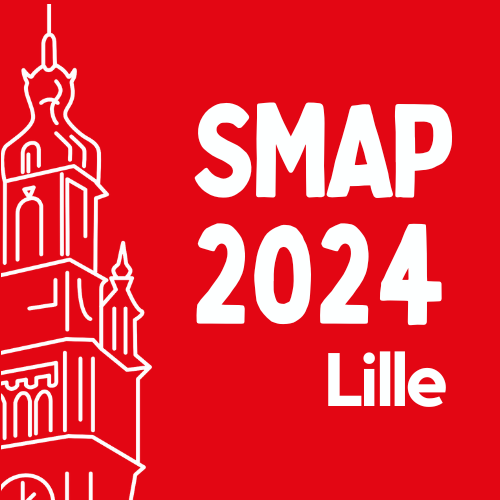
Session: Parallel session 4 - Spatial OMICs and MS Imaging
MALDI imaging-based microdissection workflow for proteomics characterization of primary liver cancers
Primary liver cancers include hepatocellular carcinoma (HCC), cholangiocarcinoma (CCA), and combined hepato-cholangiocarcinoma (cHCC-CCA) composed of both tumor components (HCC and CCA). The diagnosis of cHCC-CCA is challenging mainly because of its great intratumor heterogeneity. Deciphering tumor heterogeneity is crucial to propose the best management and treatment to patients with cHCC-CCA. Routine histological analysis including immunohistochemistry (IHC) is unable to fully capture tumour heterogeneity. In order to address this complexity and improve diagnosis of cHCC-CCA, we integrated mass spectrometry imaging (MSI) to a complete workflow combining LC-MS/MS analysis of microdissected tumoral regions from FFPE tissues slides.
Based on segmentation provided by MALDI imaging, 34 regions of interest (ROI) from FFPE samples of 17 cancers (4 HCC, 4 CCA and 9 cHCC-CCA) were microdissected (16-113 mm²) using Millisect system (Roche) and analyzed using MSI using RapifleX (Bruker) and LC-MS/MS (EvosepOne, TimsTOF-HT, Bruker). Microdissected samples were prepared combining BeatBox® tissue homogenizer and the iST technology (PreOmics) optimized for FFPE sample preparation processing.
The study allowed the quantification of 5444 to 7470 proteins per ROI, with a median CV of 30%. Amongst differential proteins, we could identify protein as marker for HCC and CCA, acting as positive controls, along with a larger panel of proteins contributing to the discrimination of these tumors. Furthermore, proteins specific to different ROI within the same combined hepato-cholangiocarcinoma (cHCC-CCA) were also found compared to control.
This study illustrates the complementarity of proteomic approaches and demonstrates the power of advanced proteomics techniques like MSI and LC-MS to identify large numbers of proteins from tiny tissue samples. Upon validation, our results will provide new tissue diagnostic biomarkers of cHCC-CCA.